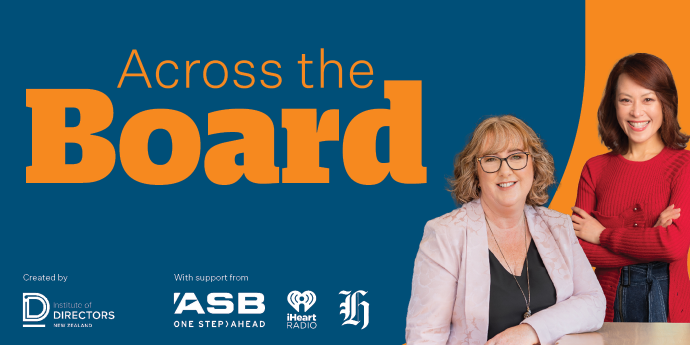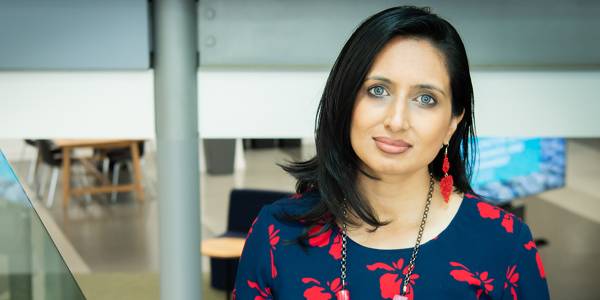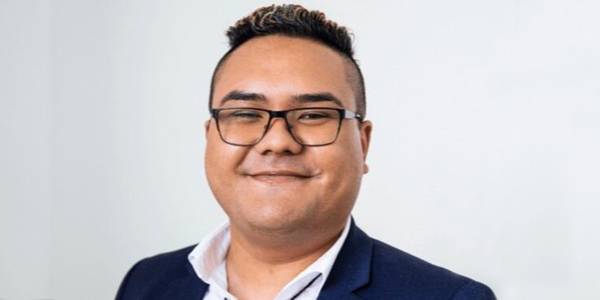The Economic Power of Gender Equality
Reasearch shows that diversity and equal roles for women delivers better results for people, for the planet and for profits.

“Quotas are helpful in this time and age, and this century. My hope is that we won’t need them going forward.” - Vanisa Dhiru, Equity and Human Rights advocate and director.
This second episode of Across the Board, presented by Kirsten Patterson and Sonia Yee, addresses what diversity looks like for those who have (or want) a seat at the table, including the LGBTQ+ community, those in the accessibility space and across gender and ethnic diversity.
Download a transcript this podcast
You only need to walk around any major city in New Zealand to see that it's awash with a sea of faces and people from different cultural and ethnic backgrounds.
This melting pot in Aotearoa has informed the diverse styles of cuisine now available in any restaurant, cafe or takeaway bar. And as Kiwis, this diversity is something we’ve grown accustomed to, but also expect.
But what is it going to take to ensure that this same level of diversity is represented in our workforce, and what are the potential risks of not having diverse perspectives on boards?
For those sectors struggling to broaden the diversity in their workforce, recruitment strategies are underway to attract more diverse employees. Whether or not it's working, only time will tell.
Diversity needs to be addressed from the top down. That means boards need to be better equipped to understand some of the potential opportunities that could benefit their businesses or organisations by having a wider mix of views and experiences at the table.
So are there any tricks or tips to increasing diversity on boards, or anywhere else for that matter?

Photo: Vanisa Dhiru Credit: Colin McDiarmid
Vanisa Dhiru sits on a number of boards and says being a woman of minority ethnicity, having an accessibility problem or disability, growing up in Manawatu and working in different sectors or industries and being exposed to a wide variety of people, all add to the diversity picture.
Dhiru started her governance career in her early twenties. She has sat on more than ten volunteer boards across New Zealand and has chaired three of them – the National Council of Women New Zealand, Inspiring Stories and the YWCA Greater Wellington.
As a woman of ethnic minority, she says she has often had to carry the weight of being a representative of multiple ethnicities at the table.
“What I end up contributing is a grassroots thinking… and what that looks like when it hits the ground.”
She is aware that in some instances, her ethnic background has also enabled her to get a seat at the table. But she says once you’re on a board it is important to not solely think about giving the ‘ethnic’ community’s voice, but contributing your whole self.
As for quotas, Dhiru feels they are helpful and may assist in breaking through a lot of unconscious bias. They will also enable organisations and companies to build diversity up-front quickly in order to keep up with a rapidly changing environment.
Diversity comes in many different forms, and perhaps organisations need to address what that looks like in the first place.
But breaking the mold isn’t easy, especially for those who are paving the way in new spaces, or emerging as younger voices at the table.

Photo: Kauri Tearaura
Hamilton-based Kauri Tearaura sits on three boards including Seed Waikato and Rainbow Youth.
He knows that it takes a lot of courage and determination to sit on a board. He says it was experiences of discrimination from a young age that set him on a governance path, and a desire to create change.
At high school he helped start a support group for rainbow kids. He was also involved in UN Youth.
“With UN Youth there is definitely that reciprocal process of globalisation and bringing in outside perspectives and sharing with others. It helped me to think more globally about issues that were greater than myself, my immediate surroundings and my community,” he says.
Today, 23-year-old Tearaura is Co-chair of Rainbow Youth and says the issues affecting young people, including those from the rainbow community, are often hidden.
“With the queer community it can be an invisible identity.”
Worryingly, he says the outcomes for many queer or rainbow youth can include issues around mental health, and for some, homelessness.
He says board members of Rainbow Youth also continue to face a lot of backlash and resistance for their work in the community, and this in itself creates a sense of isolation and loneliness.
Diversity and inclusion has become something of a puzzle that many organisations are trying to solve. In many cases, they are tackling the issue by reframing their recruitment advertisements, or by analysing workplace culture through surveys.
For the rainbow community, Tearaura says having data would be great, but there are also limitations.
“Because you could not be sure that you had captured the full voice of queer young people, and in that process we would never want that person to feel exposed or to exploit their vulnerability.”
Listen to the second episode of Across the Board to hear more of Kauri Tearaura and Vanisa Dhiru. You’ll also hear Paula Browning on the value of creative people on boards, Minnie Baragwanath from The Global Centre for Possibility speaks about disability, and more.
iHeart Radio | Apple Podcast Player | Spotify
Across the Board was produced by the Institute of Directors in partnership with NZME and iHeart Radio and proudly sponsored by ASB Bank.
